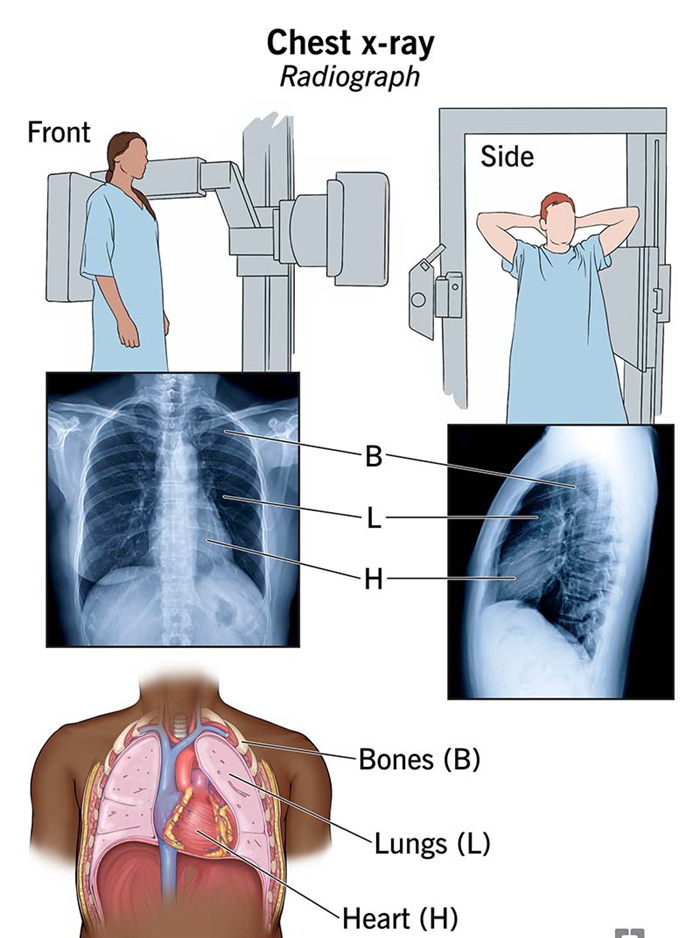A charge nurse in the emergency department is supervising a nurse who is floating from the medical-surgical unit. Which of the following assignments is appropriate for the float nurse?
Administer IV nitroglycerin to a client who is experiencing chest pain.
Complete a SAD PERSONS assessment scale for a client who has attempted suicide.
Set up a trauma room for an incoming client who was in a motor-vehicle crash.
Perform a urinary catheterization for a client who has experienced a cerebrovascular accident.
The Correct Answer is D
Choice A reason: Administering IV nitroglycerin to a client who is experiencing chest pain is not an appropriate assignment for the float nurse, as it requires advanced cardiac knowledge and skills that the nurse may not have. The charge nurse should assign this task to a nurse who is experienced in the emergency department.
Choice B reason: Completing a SAD PERSONS assessment scale for a client who has attempted suicide is not an appropriate assignment for the float nurse, as it requires mental health expertise and training that the nurse may not have. The charge nurse should assign this task to a nurse who is qualified in psychiatric nursing.
Choice C reason: Setting up a trauma room for an incoming client who was in a motor-vehicle crash is not an appropriate assignment for the float nurse, as it requires emergency preparedness and competence that the nurse may not have. The charge nurse should assign this task to a nurse who is familiar with the trauma protocols and equipment.
Choice D reason: Performing a urinary catheterization for a client who has experienced a cerebrovascular accident is an appropriate assignment for the float nurse, as it is a basic nursing skill that the nurse should have learned and practiced in the medical-surgical unit. The charge nurse should assign this task to the float nurse as long as the nurse is comfortable and confident with the procedure.
Nursing Test Bank
Naxlex Comprehensive Predictor Exams
Related Questions
Correct Answer is A
Explanation
Choice A reason: The client's current location and status are important information that the nurse should include in the report, as they affect the continuity and quality of care. The nurse should also inform the oncoming nurse of the reason and results of the chest x-ray, if available.
Choice B reason: The client's partner's visit is not relevant information that the nurse should include in the report, as it does not affect the client's care plan or outcomes. The nurse should focus on the client's clinical data and needs, not their personal or social information.
Choice C reason: The client's routine vital signs are not specific information that the nurse should include in the report, as they do not reflect the client's current condition or changes. The nurse should provide the actual vital signs values and trends, as well as any interventions or responses related to them.
Choice D reason: The client's occupation is not pertinent information that the nurse should include in the report, as it does not influence the client's care plan or outcomes. The nurse should respect the client's privacy and confidentiality and avoid disclosing unnecessary or sensitive information.

Correct Answer is B
Explanation
The correct answer is: B.
Choice A reason:
Suctioning a client's long-term tracheostomy is a complex procedure that involves sterile technique and assessment skills that are beyond the scope of assistive personnel's practice. It requires clinical judgment and the ability to respond to complications, which are responsibilities typically reserved for licensed nursing staff.
Choice B reason:
Using a pain rating scale to monitor a client's pain level is a task that can be delegated to assistive personnel. It involves asking the client to rate their pain on a scale, which does not require clinical judgment or advanced skills. The assistive personnel can then report the pain level to the nurse, who will make decisions regarding pain management.
Choice C reason:
Performing a dressing change on a client's peripherally inserted central catheter (PICC) is not within the scope of assistive personnel. This task requires aseptic technique and knowledge of PICC line management to prevent infection and other complications, which are typically the responsibility of the registered nurse or licensed practical nurse.
Choice D reason:
Instructing a client on self-administration of a tap water enema involves teaching and assessment to ensure the client understands and can perform the procedure safely. This is a task that requires licensed nursing knowledge and skills to educate the client and evaluate their competency.
Whether you are a student looking to ace your exams or a practicing nurse seeking to enhance your expertise , our nursing education contents will empower you with the confidence and competence to make a difference in the lives of patients and become a respected leader in the healthcare field.
Visit Naxlex, invest in your future and unlock endless possibilities with our unparalleled nursing education contents today
Report Wrong Answer on the Current Question
Do you disagree with the answer? If yes, what is your expected answer? Explain.
Kindly be descriptive with the issue you are facing.
